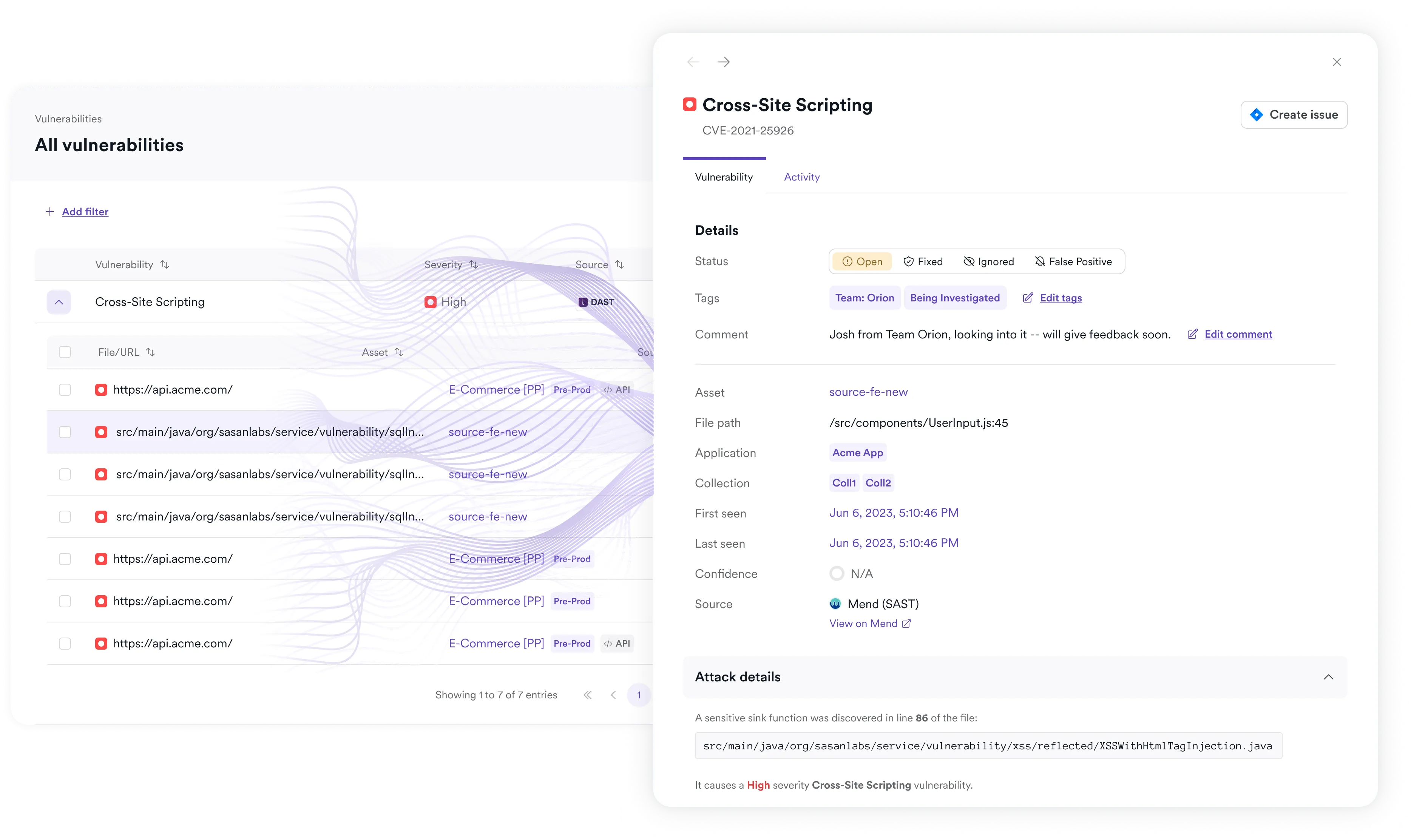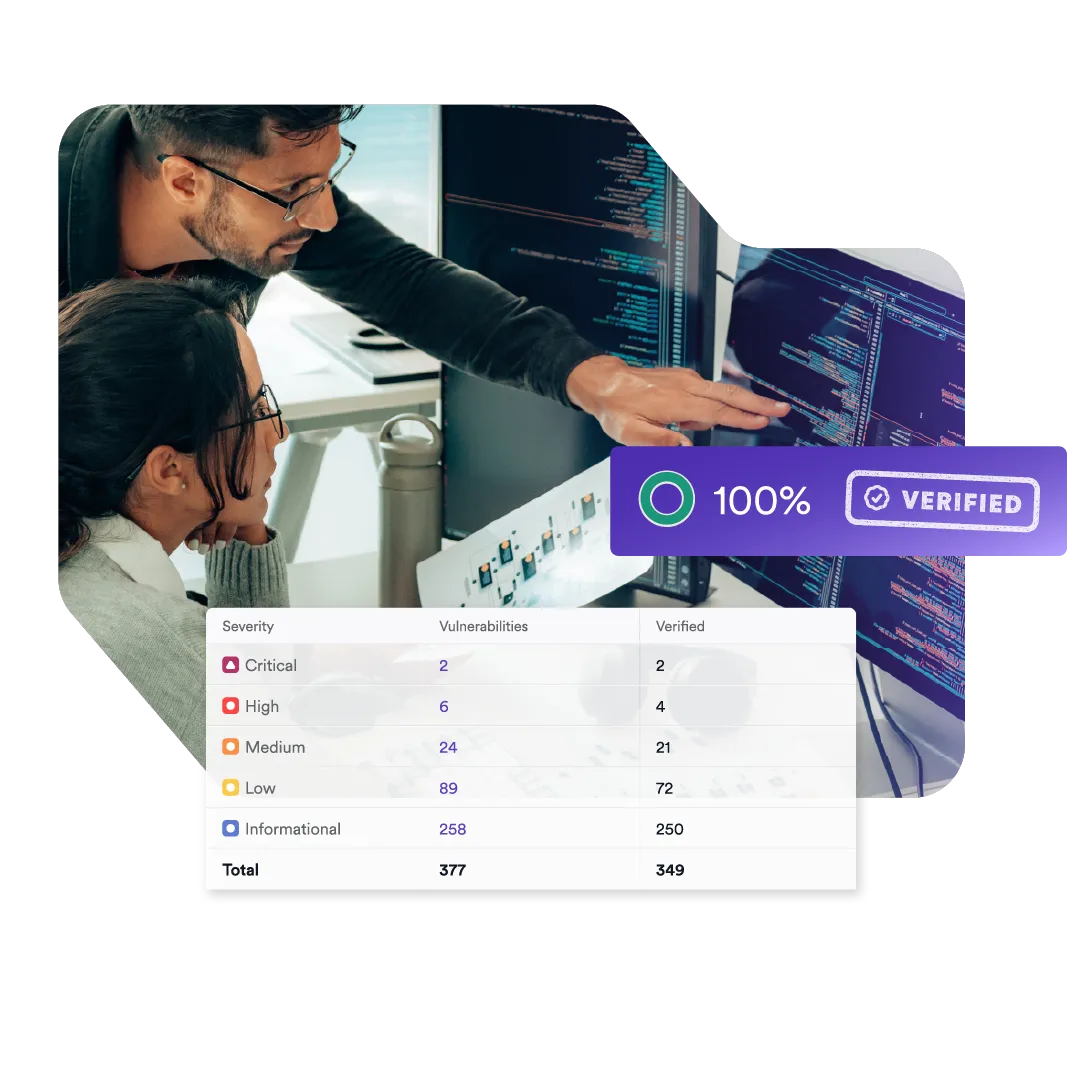What is DAST?
DAST stands for dynamic application security testing: a critical approach to web application security that zeroes in on real-life security risks by analyzing your running applications and APIs. It moves beyond the source code limitations of SAST to identify application vulnerabilities in anything you are running, providing an outside-in, real-time view of your security posture across your real-world attack surface.


3600+ Top Organizations Trust Invicti
Why organizations need DAST
Finding and fixing application vulnerabilities is crucial for preventing security incidents, including serious data breaches. Unlike static testing tools that check the application source code, DAST tools work by probing entire running web applications and APIs. This black-box testing approach lets you detect not only OWASP Top 10 security vulnerabilities like SQL injection and cross-site scripting (XSS) but also misconfigurations and other runtime security issues undetectable with static testing. Accurate DAST tests are the automated counterpart of manual penetration testing, enabling a continuous security testing process for data-based AppSec.
What are SAST and DAST
Static application security testing (SAST), also called white-box testing, is performed in development by analyzing the source code to identify potential security flaws. In contrast, DAST tools crawl and scan an entire application from the outside to probe it for exploitable vulnerabilities, much like an attacker would. Unlike SAST tools, DAST scanners don’t require source code access and are technology-agnostic because they test application behavior from the outside. This allows DAST to test websites, web applications, and APIs regardless of the underlying tech stack or source code availability.
How do DAST tools work?
Automated DAST tools test websites, applications, and APIs by safely performing a wide variety of simulated attacks and analyzing the reactions. There are three main stages of dynamic application security testing and analysis, also called black-box testing:

What are the advantages of DAST?
Dynamic application security testing is a critical component of any comprehensive cybersecurity program, working alongside testing methodologies like manual pentesting, SAST, software composition analysis (SCA), and interactive application security testing (IAST) to maximize testing coverage. At the same time, modern DAST brings some unique advantages to the table:

When should you use DAST?
Modern DAST solutions like Invicti can be used at multiple stages of the development and operations pipeline, taking the load off DevOps and security teams to support an automated DevSecOps workflow:

Build your resistance to threats. And save hundreds of hours each month.





































